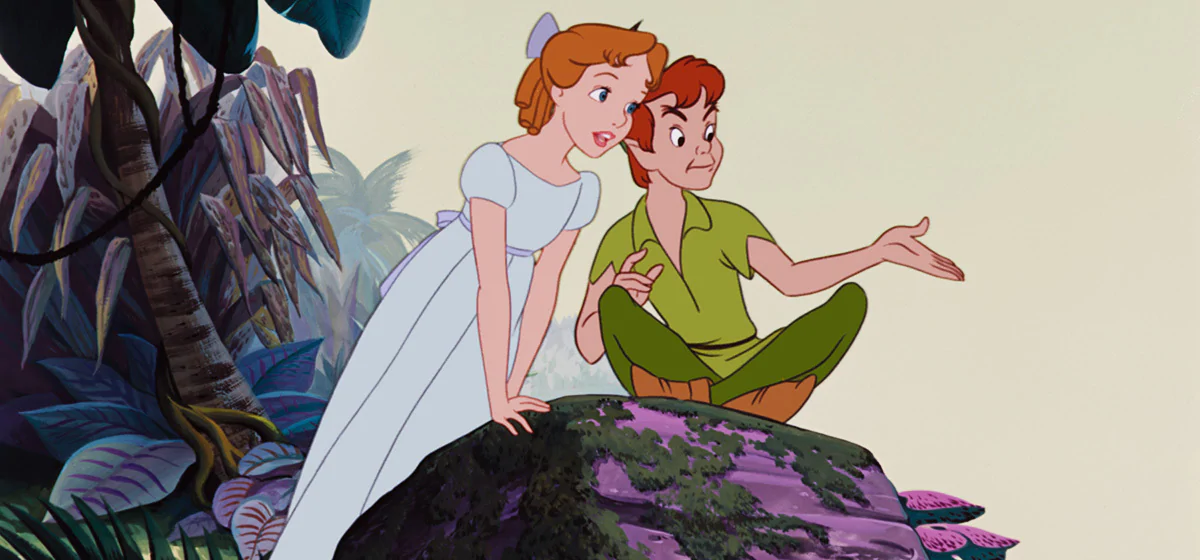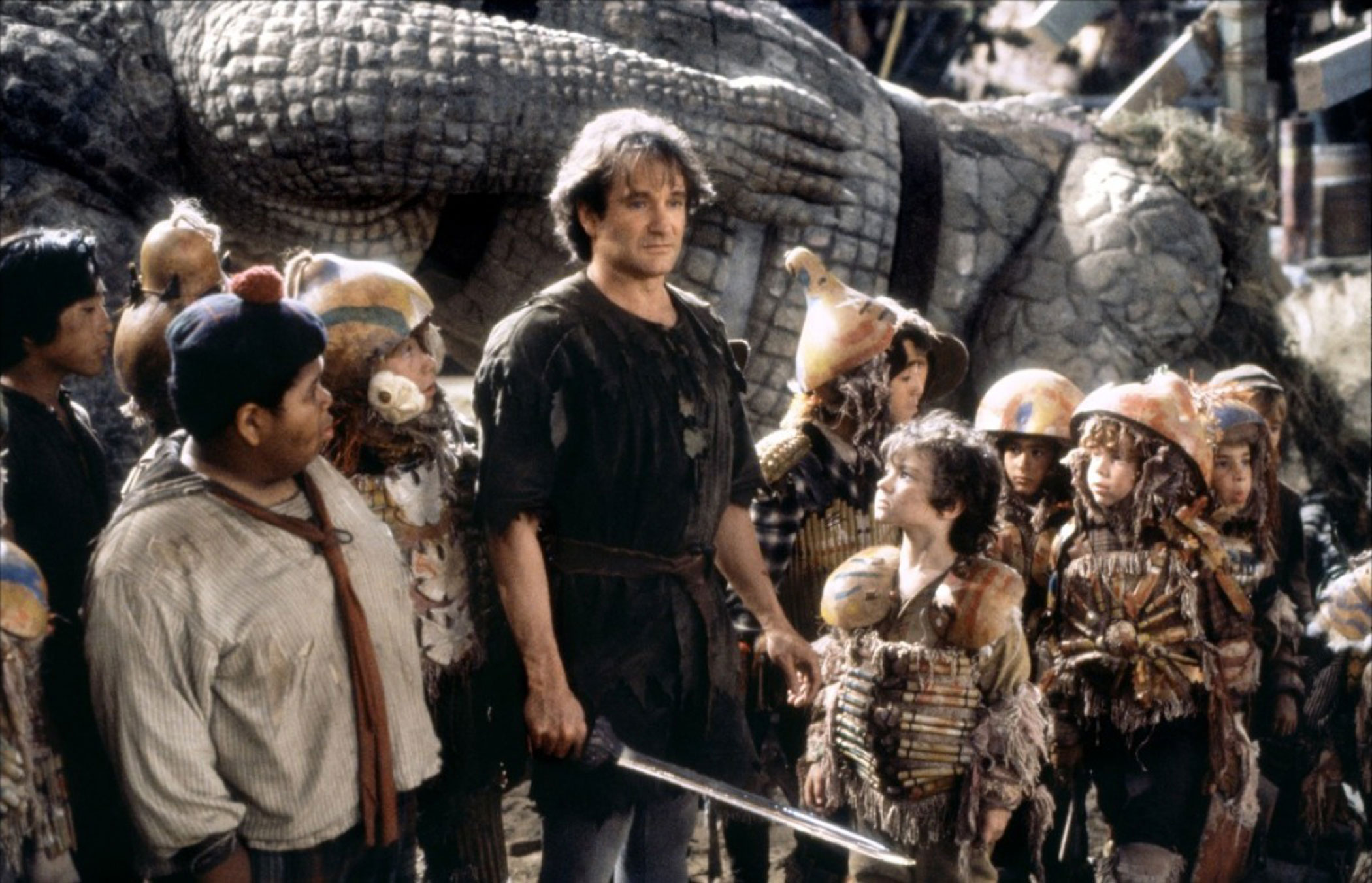

All of this theoretically had to be agreed to by Great Ormond Street Hospital I have no idea what kind of deal Walt had managed to strike with that organisation, but it is quite undeniable that Peter Pan ended up much closer to its source material than had Alice in Wonderland, Bambi, or Pinocchio. We certainly do know that the story work was mostly scrapped Walt had become concerned that excessive fidelity to the play would have resulted in a film much darker than he wanted to make, and so he demanded a great many changes chief among them that Captain Hook, the villainous pirate, should be kept alive at the end (he had come to the conclusion, quite correctly, that the animated Hook was far more appealing than the stage Hook, and the audience would like him far too much to enjoy seeing him die). I cannot say how much of the 1939 work was dusted off, and how much was begun fresh my suspicion is that most of what ended up onscreen dated from the post-war years, however, for there is an unquestionable post- Cinderella look to the characters and sets in the finished Peter Pan. It was revived in 1949, when the impending release of Cinderella had rejuvenated the animation studio, and the production of Alice in Wonderland hadn't yet descended into abject misery. Of course, World War II made the notion of any film following Bambi> a flimsy proposition, and with only some story work and character designs having been begun, Peter Pan was shelved. Eventually, Disney acquired the rights in 1939, with the intention of making Peter Pan the film to follow Bambi, just then entering production (this was before Dumbo had been put on the fast track indeed, maybe before it had been selected as a Disney feature subject at all). The problem being, the rights to Peter Pan resided with the Great Ormond Street Hospital in London, which jealously guarded the material - and why shouldn't they? One assumes that having worldwide control of such a popular story was quite a good position for children's healthcare organisation to find itself in. Walt Disney first attempted to get his hands on the film rights to J.M Barrie's Edwardian children's play in the mid-1930s one assumes that at the time it was meant to be the follow-up to Snow White and the Seven Dwarfs, because pretty much everything else was.

Hold on to this fact, because it's going to be important later. This was the first time that a full calendar year went by without a new Disney feature since 1945. So this list will expand further, but in the meantime there are still several classic takes on the story to keep you entertained.īelow, nine great (and not-so-great) Peter Pan adaptations.When the Disney Studios released its 14th animated feature, Peter Pan, in 1953, it was two years since their most recent full-length project, Alice in Wonderland. There’s a live action film adaptation coming in 2022 called Peter Pan and Wendy, starring (among others) Jude Law as Captain Hook and Yara Shahidi as Tinker Bell - the first time a Black woman will play the role. Some films handle the troubling source material better than others, but it's a problem that all adaptations must reckon with.Īnd they’ll continue to do so: Hollywood is hardly pressing pause on the Never Land flicks. The original work contains horribly problematic, caricaturistic depictions of Native Americans, as it presents them as fantasy creatures rather than as actual people (worse, adaptations have gone further to depict them as heathen “red men”). Of course, faithfulness presents its own challenges, as the Peter Pan story itself is inherently problematic.

But for the purposes of this list, we'll only be looking at movie adaptations that stay somewhat faithful to the original story. From novels and comic books, to television episodes and stage plays, to stage plays acted out on live television (the 2014 NBC special Peter Pan Live!), to homages and references (the 1987 vampire movie The Lost Boys, the 2004 film Finding Neverland), Peter Pan has popped up in practically every medium there is. Barrie first told the story of Peter Pan in the 1904 stage play and subsequent 1911 novel, the boy who wouldn't grow up has gone on to become one of literature’s most adapted characters.


 0 kommentar(er)
0 kommentar(er)
